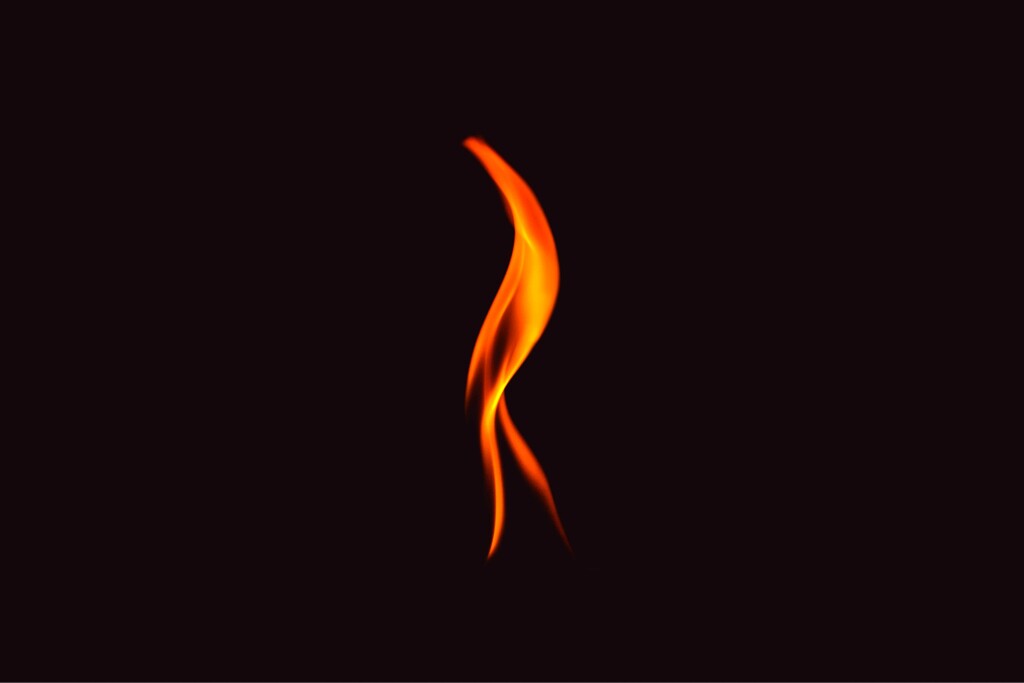Parashat Vayeshev
Genesis 37:1-40:23
Every year our celebration of Chanukah coincides with our reading in the Torah of the extensive drama of Joseph and his brothers. Indeed, there is an essential parallel between these two sagas. The Chanukah story is not only a story of Jewish resistance to an external foe; it is also the story of the internal conflict between members of the Jewish family over defining Jewish identity in a modern world.
And we may draw other lessons from the Chanukah story to shed light on the Joseph story. Let us consider the central icon of our Chanukah observances – the Chanukah menorah (chanukiyah). According to our ancient tradition, the Chanukah candelabrum recalls the menorah that stood in the Temple. It was that Temple menorah that was lit by the Maccabees with a small amount of oil that miraculously lasted eight days. But, while the Chanukah menorah is meant to memorialize that miracle, the Sages made sure that the Chanukah menorah would not look just like the Temple menorah. One obvious difference is in the number of lights. The Temple menorah had seven lights, while the chanukiyyah has eight – and one more!
The additional light is called the shamash – the helper candle. It must be somehow distinguished from the other eight candles or lights. One common way is for it to be set up in the middle, higher than the other eight, with four branches on either side. Yet, that is not the required shape of the Chanukah lamps. The eight candles must be set in an even row, but the shamash can be placed to the side. The eight candles are the real fulfillment of the mitzvah. The ninth candle is simply there to help.
The Temple menorah was set up differently. The seven branches were required to be aligned with a central stem and three branches to each side. But the central stem was not to be set up above the others. It was central, with the other lights inclined (“bowing”) toward it, but not elevated above the rest. All the seven branches contribute evenly to celebrate God’s cosmic gift of Creation (accomplished in seven days) as sources of light.
Now let us recall Joseph’s dreams, dreams that so antagonized his brothers. Joseph imagines that his brothers’ sheaves will circle his sheaf as it elevates itself above the rest. (Gen. 37:7) His brothers understand that Joseph sees himself as exceptional and better. “Will you really strive to rule over us?” they object. (v. 8)
Joseph will eventually have to learn that his special destiny was to be not a ruler, but a helper. The helper candle may be raised above the other candles, but only to make it easier for it to help light the others. And, as our tradition teaches, that candle does not really have to elevated above the rest, at all. It can just as well stand to the side and facilitate the illumination of the other candles, the real candles that must shed the holy light of Chanukah. Of course, the other candles cannot shine forth unless they are lit by the helper candle. Yet, the shamash is not counted among the candles that must be lit. In a sense the shamash candle is an essential worker, selflessly assisting others to fulfill their jobs. Each type needs the other. This is what Joseph would struggle to finally understand.
What type of candle shall we strive to become?
Happy Chanukah and Shabbat Shalom,
Rabbi David Greenstein
Subscribe to Rabbi Greenstein’s weekly d’var Torah
Photo by Paul Bulai on Unsplash
Thank you to John Lasiter for suggesting the title and selecting an image for this Torah Sparks – Rabbi Greenstein
- Toby Stein: In Memoriam - Thu, Feb 8, 2024
- Faithfulness and Hope: Parashat Sh’lach - Thu, Jun 23, 2022
- Past Their Prime: Parashat B’ha`a lot’kha - Thu, Jun 16, 2022

